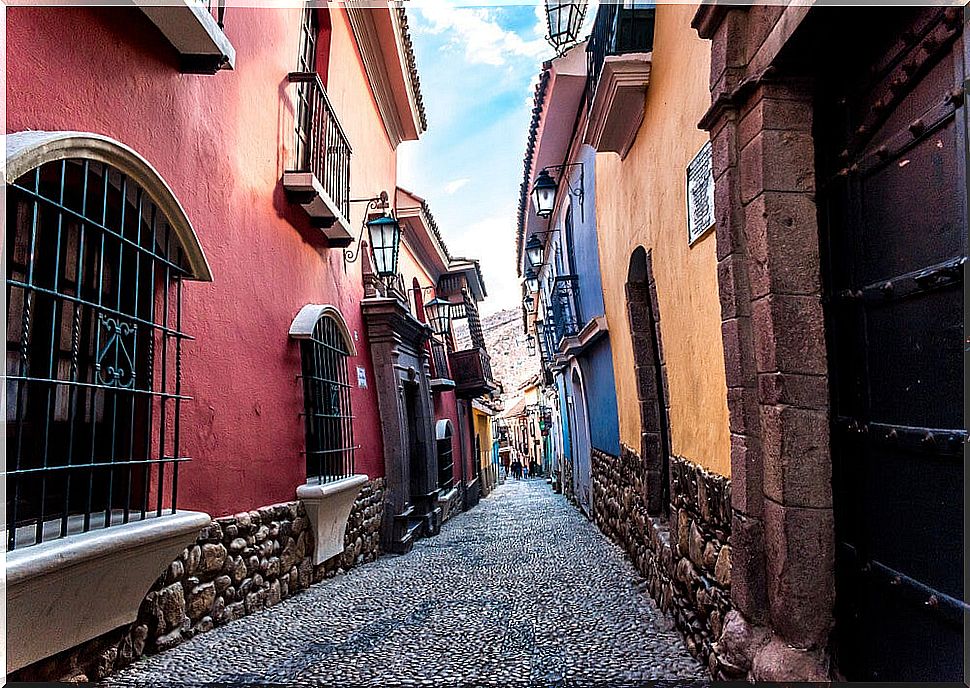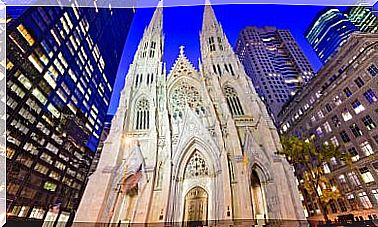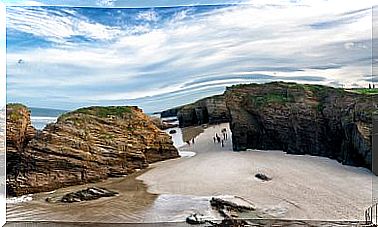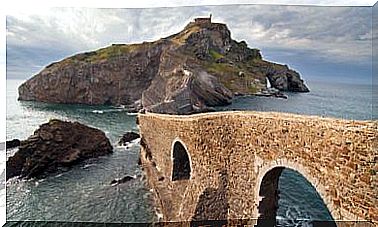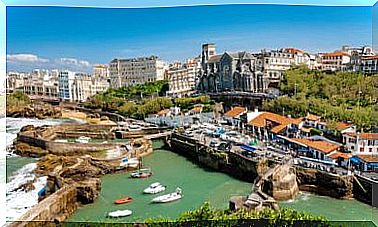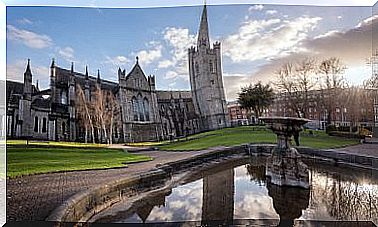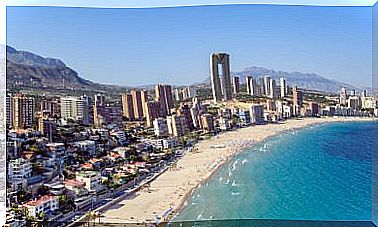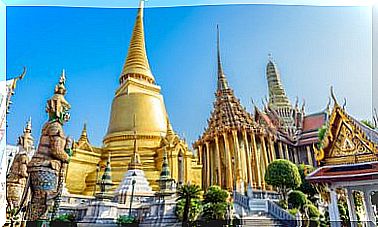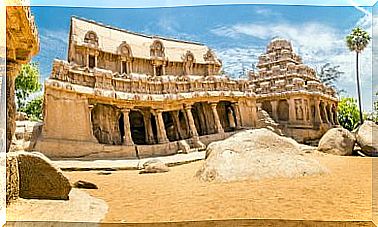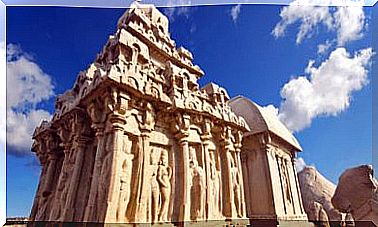We Visit The Mysterious City Of Tiahuanaco In Bolivia
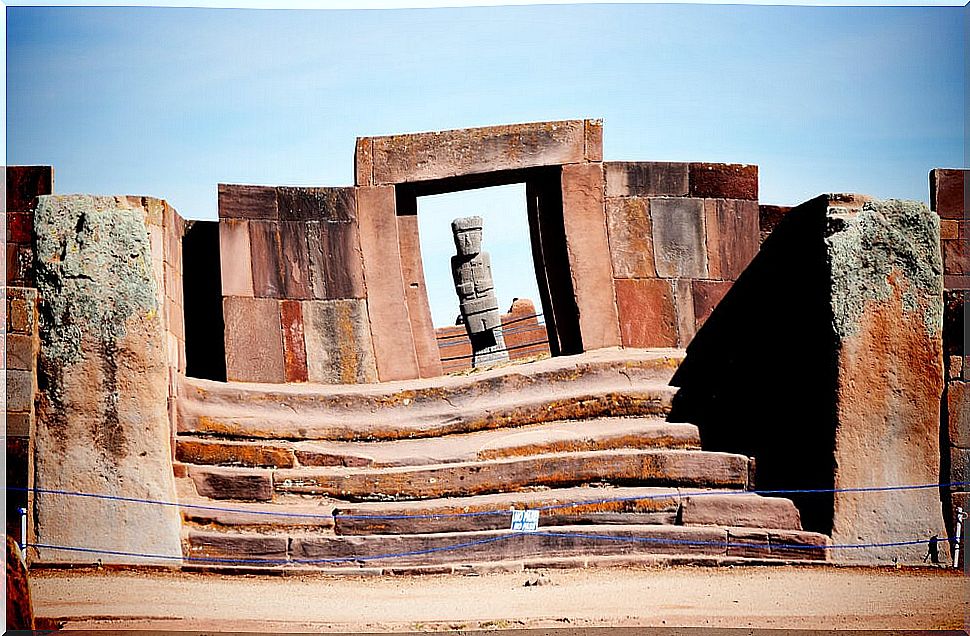
The city of Tiahuanaco is one of the most spectacular and enigmatic that we can find in the vicinity of Lake Titicaca, in present-day Bolivia. It is one of the largest cities, today in ruins, of the pre-Inca Tiwanacu culture. A city, whose mysteries have not yet been revealed.
The Tiwanacu culture

The Tiwanacu culture is a pre-Inca culture that dominated large areas of what is now Peru, Argentina, Chile and Bolivia. It is believed that the Inca Empire would later emerge from it. Its origins date back to 1580 BC and its end dates from 1000 to 1200 AD
Many affirm that it was a small village that was consolidated until covering large areas of the highland territory of the central Andes. However, what most intrigues researchers is the end of this civilization, since they disappeared for no apparent reason.
The sudden disappearance of this civilization is of such magnitude that the Tiahuanaco name is not the original, neither of the city nor of the culture, but that is how the Incas baptized them, who arrived later and found the cities empty.
The city of Tiahuanaco: main landmarks
Its capital and main religious center was the city of Tiahuanaco, near Lake Titicaca, a mystical place par excellence where mythology places the beginning of civilization. The archaeological site of Tiahuanaco occupies around 30 hectares, its main landmarks being the following:
Puerta del Sol, the jewel of the city of Tiahuanaco
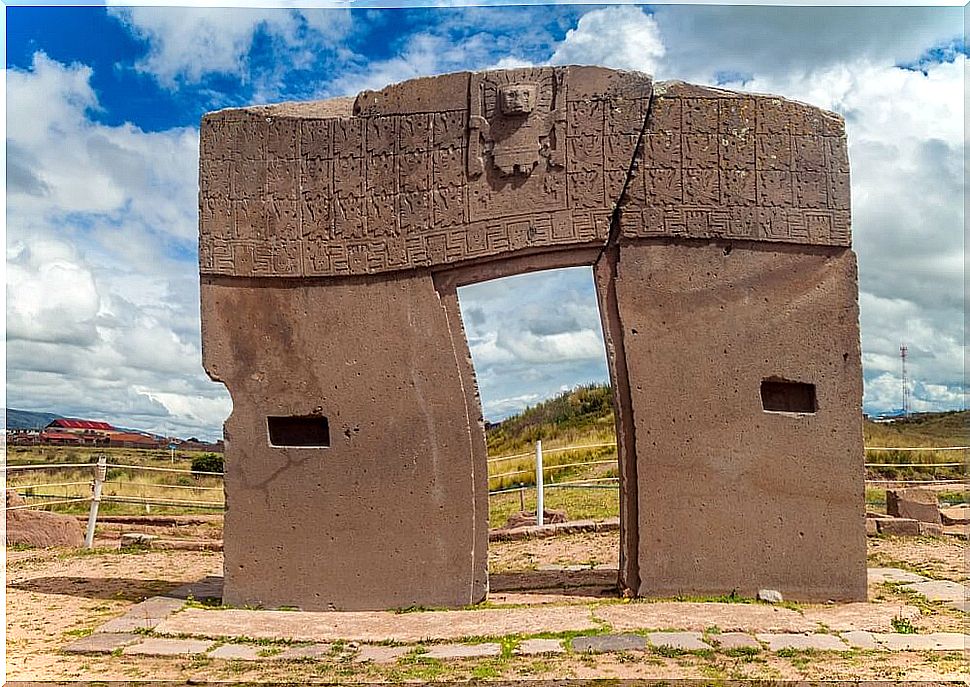
This Tiahuanaco monument is recognized worldwide. It is, without a doubt, the greatest sample of the degree of perfection of this culture, both in architecture and carving, and in the symbols engraved on its bas-reliefs.
It is a stone portal that was worked in a single block of andesite weighing approximately 13 tons. Although it is currently isolated, this was not its original location, as it was part of a larger building that could have been on top of the Akapana pyramid or in the Kalasasaya temple itself.
In the upper and central part of the door we can see the image of Wiracocha, the main Andean deity. He is surrounded by minor gods or little genie in a position of submission and who look towards the image of the main god. The silhouette of a cougar is drawn on his face. Earring of the arms carries two trophy heads.
Kalasasaya Temple
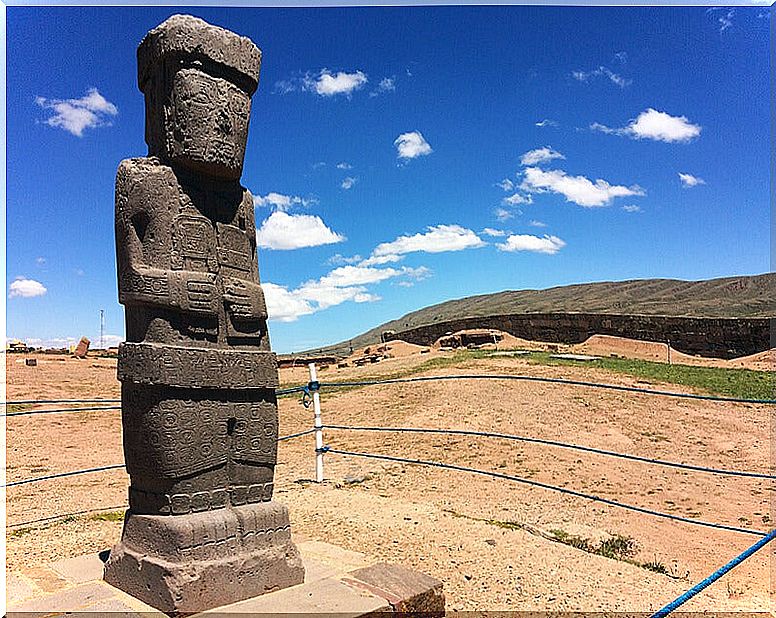
Also known as the Temple of the Standing Stones, Kalasasaya comes from two words, kala, which means stone, and saya or sayasta, which means standing. Its design is linked to astrology, since from this site the duration of the solar year and the change of each season were verified.
There are few vestiges that we can see of what must have been a great temple during the heyday of the city of Tiahuanaco. Today, some walls can be seen. Two large monoliths are also preserved, Stela 8 (Ponce) and the El Fraile monolith. The famous Puerta del Sol is at one end of the enclosure.
Akapana pyramid
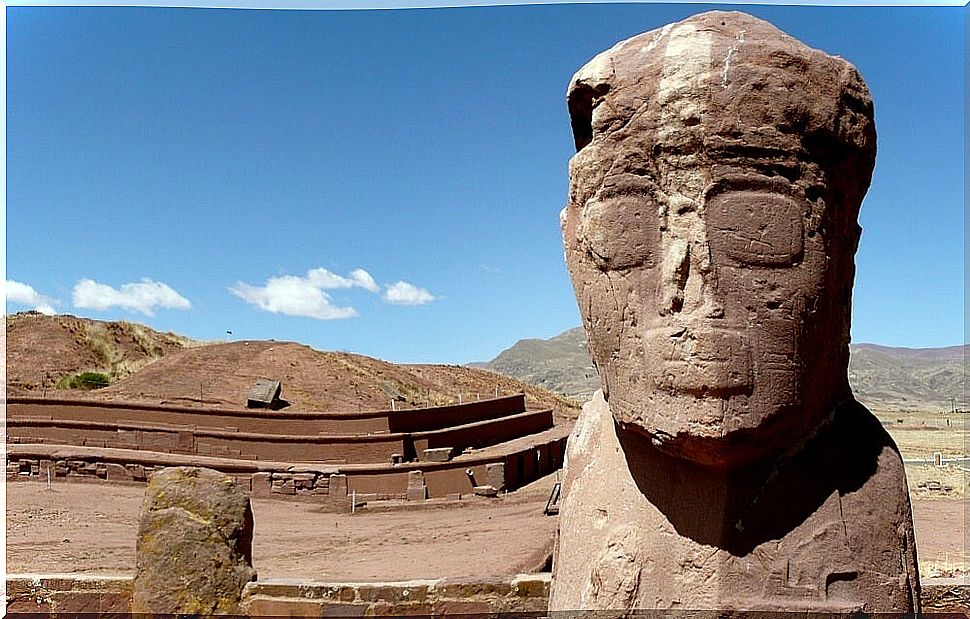
This stepped pyramid was built taking advantage of a hill and has an approximate height of 18 meters and a perimeter of about 800 meters. It is composed of 7 stepped terraces.
In the excavations, remains of buildings destined for religious cults and astrology were found. You can ascend to the top, although you can only see vestiges of an ancient temple.
Semi-underground temple
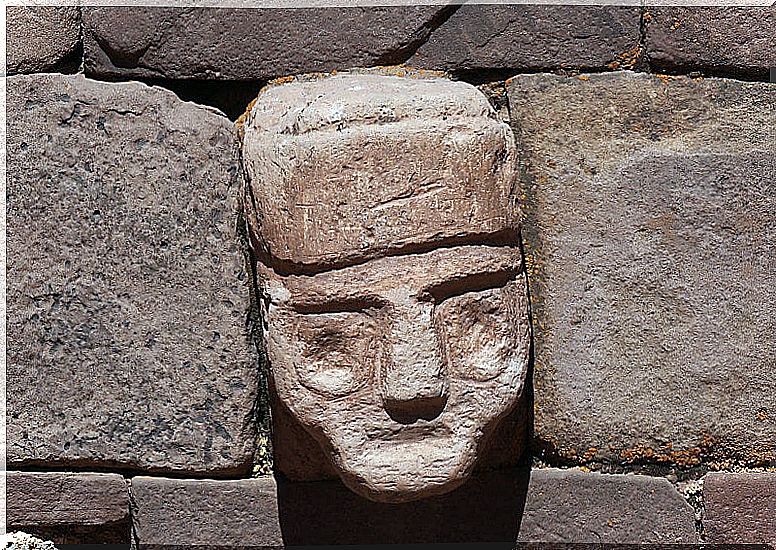
It is located two meters below the surface and is located near the Kalasasaya temple. In the interior walls there are 175 stone heads that surround the entire perimeter of the temple. It is not known with certainty to whom these heads would belong, but they would represent different ethnic groups in the region.
In the central part of the temple we can see three stelae or sculptures. The most important is a humanoid figure called ‘bearded’, which is accompanied by two other smaller figures.
In this temple the Pachamama or Benett monolith was found, which can now be seen in the museum. It is an impressive monolith of Andesite rock, 7.3 meters high and weighing about 20 tons. It owes its name to the American archeologist Wendell Bennett, who discovered it in 1932.
How to get to the city of Tiahuanaco?
To get to the archaeological city of Tiauhanaco we can choose to take one of the buses that leave from La Paz. They will leave us next to the road, at the beginning of the path that leads to the city. This path is one kilometer long and can be done on foot. There are also La Paz agencies that organize excursions for very cheap prices.
